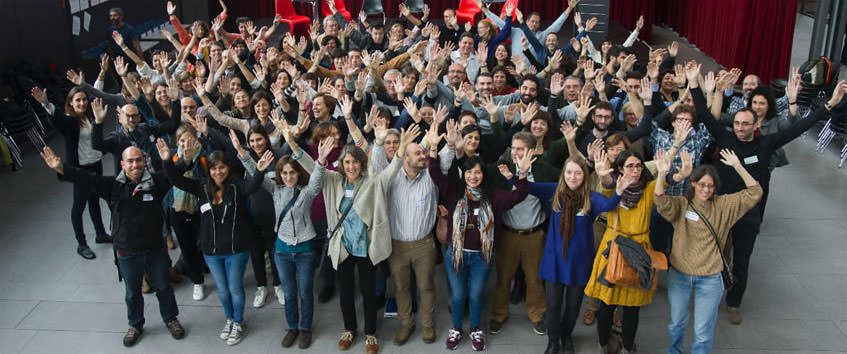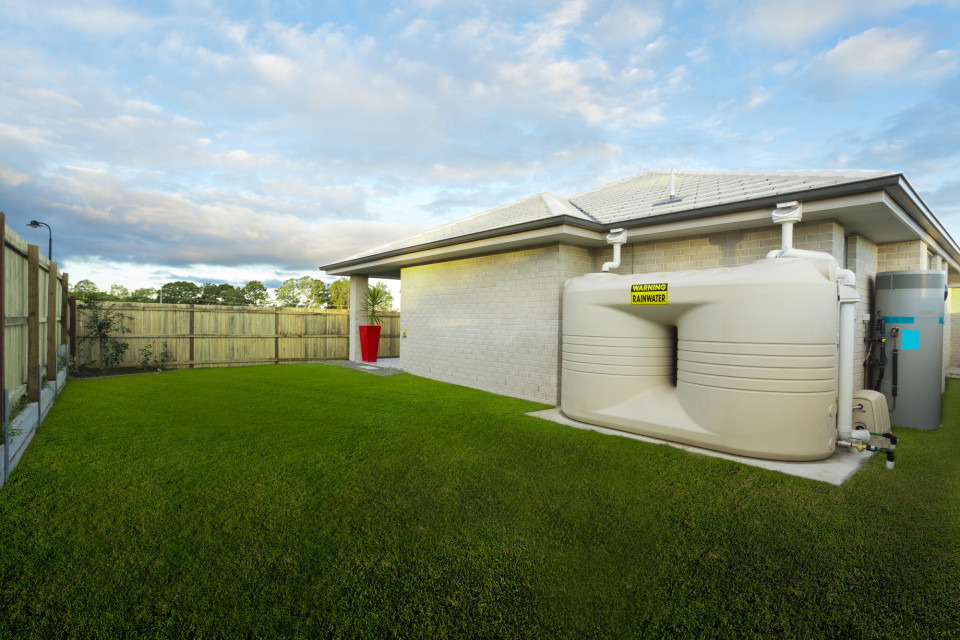Perform a Resilience Diagnosis
Perform a Resilience Diagnosis of the city by using RESCCUE methodology and tools such as RAF.
- Category: Non-structural / Informational
- Application Scale: City
- Sector: Water / Mobility / Telecom / Social / Power / Waste / Health / Energy / Environment / Emergency
- Target: Adaptation
Permeable paving
Permeable paving or pervious pavement is a range of sustainable materials and techniques that provide a pavement suitable for pedestrian and/or vehicular traffic, while allowing stormwater to infiltrate through the surface and into the underlying structural layers. Types of surfaces include: modular permeable paving, porous asphalt, grass reinforment, porous concrete, etc. This measure is part of the called Sustainable Urban Drainage Systems (SUDS).
- Category: Structural / Ecosystem-based
- Application Scale: City
- Sector: Water
- Target: Adaptation
Prepare citizens to participate in preparedness and response actions
Individuals and communities that know what to do during unexpected events are invaluable assets to a city. The access to education, information and knowledge empowers citizens and gives them the tools to take appropriate decisions in the face of shocks and stresses. As a consequence, citizens are better positioned to act, learn, and adapt.
- Category: Non-structural / Economic
- Application Scale: City
- Sector: Water / Mobility / Social / Power / Waste / Health / Energy / Environment / Emergency
- Target: Adaptation
Prevent utilites cut-offs
Prevent electricity cut off, especially for the most vulnerable people
- Category: Non-structural / Laws and regulations
- Application Scale: City
- Sector: Social / Power
- Target: Adaptation
Prioritization plan for water allocation in a stress situation
Establish rules for use of water in the different uses and water use sectors in water stress situations.
- Category: Non-structural / Government policies and programs
- Application Scale: River Basin
- Sector: Water / Social
- Target: Adaptation
Produce a catalogue of tree species according to their capacity for resisting certain extreme climate conditions
Produce a catalogue of tree species according to their capacity for resisting certain extreme climate conditions
- Category: Non-structural / Informational
- Application Scale: City
- Sector: Social / Health / Environment
- Target: Adaptation
Promote local research & innovation on climate change
Promote innovation and establish links with research centres to generate new knowledge on climate change
- Category: Non-structural / Government policies and programs
- Application Scale: City
- Sector: Water
- Target: Adaptation
Promote rainwater collection and its reuse in buildings
Promote rainwater collection and its reuse in buildings
- Category: Non-structural / Educational
- Application Scale: Building
- Sector: Water / Social / Environment
- Target: Adaptation
Promote residential prosumers
Promote and prioritise energy self-generation using renewable sources and make this accessible to vulnerable households
- Category: Structural / Technological
- Application Scale: City
- Sector: Energy
- Target: Adaptation
Promote sustainable use of the sea
Promote sustainable use of the sea
- Category: Non-structural / Educational
- Application Scale: City
- Sector: Social / Environment
- Target: Adaptation
Promote the figure of the energy adviser
Promote the figure of the energy adviser to advise and help people to improve their energy consumption habits
- Category: Non-structural / Government policies and programs
- Application Scale: City
- Sector: Social
- Target: Adaptation
Promote water reuse in housing
Promote the use of grey water in new housing developments and renovations or for industrial purposes, and study its inclusion in future versions of the Municipal Urban Environment by law
- Category: Non-structural / Laws and regulations
- Application Scale: City
- Sector: Water / Environment
- Target: Adaptation
Protecting the specific use of each beach
Protecting the specific use of each beach
- Category:
- Application Scale: City
- Sector: Social / Environment
- Target: Adaptation
Provide climate information through online platforms
Provide access to climate information through the Smart Citizens platform and other applications
- Category: Non-structural / Informational
- Application Scale: City
- Sector: Water / Mobility / Telecom / Social / Power / Waste / Health / Energy / Environment / Emergency
- Target: Adaptation
Provide flood storage areas with infiltration basins
These type of basins store stormwater during heavy rainfall events, controlling the downstream flow and, consecutively, the flooding risk. Infiltration basins do not have outlet structures and the water level is controlled by the infiltration rate of the soil (if soils are marginally suitable for infiltration trenches may be constructed). Moreover, infiltration basins are not adequate when there is a high groundwater table due to possible contamination.
- Category: Structural / Ecosystem-based
- Application Scale: City
- Sector: Water
- Target: Adaptation
Public campaigns on climate change, impacts and solutions
Conduct campaigns on climate change and its effects through the appropriate media, and widely publicise options and habits that help to combat it
- Category: Non-structural / Informational
- Application Scale: City
- Sector: Water / Mobility / Telecom / Social / Power / Waste / Health / Energy / Environment / Emergency
- Target: Adaptation
Public campaigns to encourage watersaving at a domestic level
Run publicity campaigns to encourage watersaving on a domestic level
- Category: Non-structural / Government policies and programs
- Application Scale: City
- Sector: Water
- Target: Adaptation
Raise kerb or curb
Water can be channelled along streets with raised kerbs and also limit contact with buildings.
- Category: Structural / Engineered and built environment
- Application Scale: City
- Sector: Water / Mobility / Social / Waste / Emergency
- Target: Adaptation
Real time control systems
Implementation of real time control algorithms and systems (e.g. expert systems, model predictive control, etc.) to optimize the automatic control of existing infrastructures (gates, pumps, valves, etc.) based on intelligent or experts algorithms to optimize water storage, treatment, etc.
- Category: Structural / Technological
- Application Scale: City
- Sector: Water
- Target: Adaptation
Rebuild combined sewer systems to separate sewers
Rebuilding of combined sewer systems to separate sewers
- Category: Structural / Engineered and built environment
- Application Scale: City
- Sector: Water / Environment
- Target: Adaptation



















